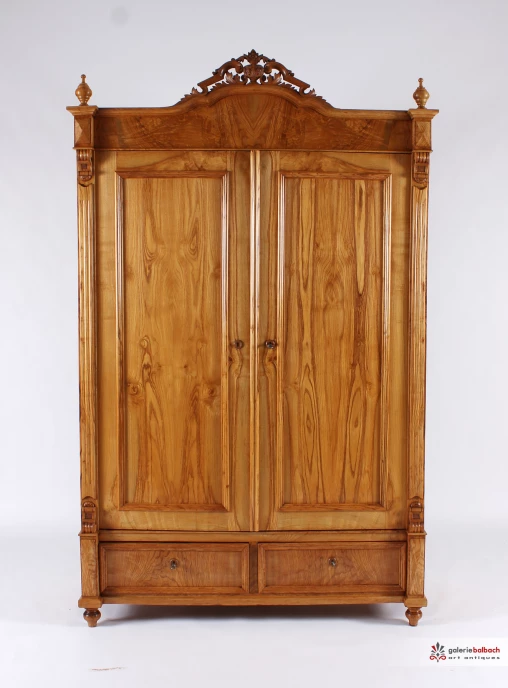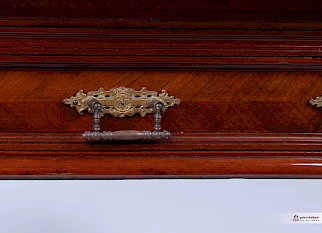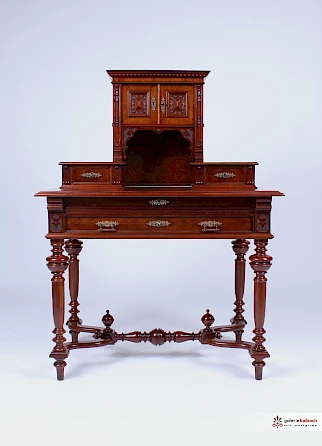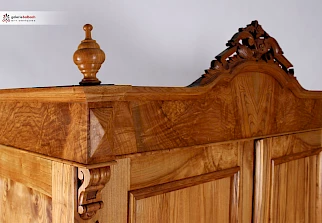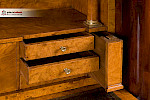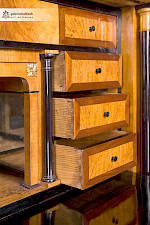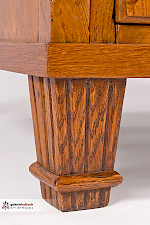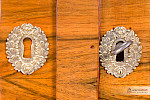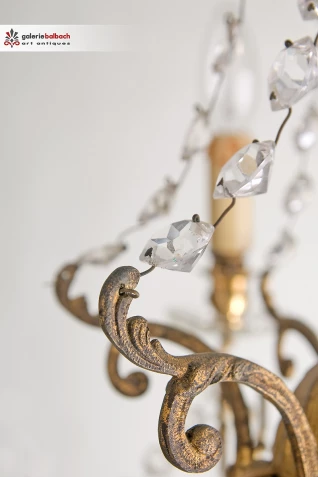Gründerzeit
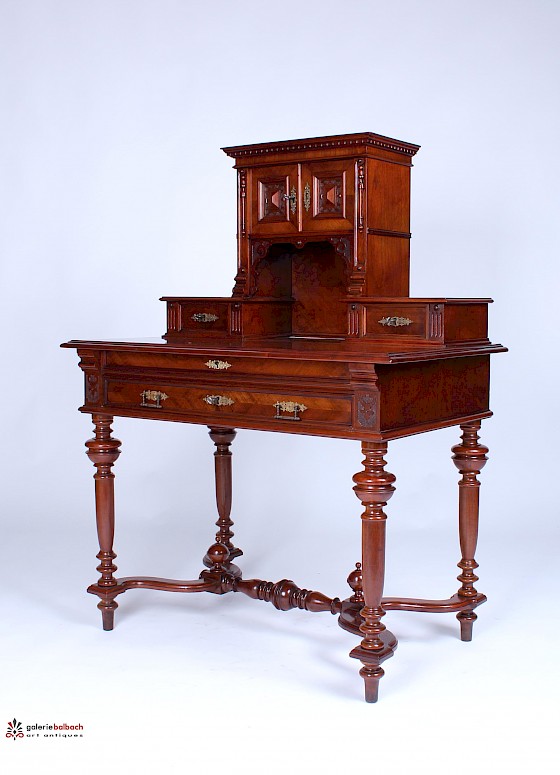 The word association "Gründer-Zeit" first refers to a historical context: in 1871 - after the Franco-Prussian War of 1870/71 - the German Empire was founded. The following years are marked by an economic upswing, initially spurred on by war reparations from France and giving rise to a new role for company foundations.
The word association "Gründer-Zeit" first refers to a historical context: in 1871 - after the Franco-Prussian War of 1870/71 - the German Empire was founded. The following years are marked by an economic upswing, initially spurred on by war reparations from France and giving rise to a new role for company foundations.
From an art-historical point of view, "Gründerzeit" is a stylistic term for the late stylistic phase of Historicism from about 1870-1910. Throughout Europe, especially in France and Belgium, the Neo-Renaissance was the predominant style. Wilhelminian furniture in Germany also has typical features of the Neo-Renaissance, but it is usually much more restrained and reduced in decoration than French furniture. For this reason, the Gründerzeit can be considered a style in its own right.
Furniture from the Wilhelminian period
Rapid technical progress, which also helped carpenters to work more economically, made it possible to produce a wide range of Gründerzeit furniture of all qualities and price ranges.
Characteristics of the Gründerzeit furniture style are: Angular basic form with rich structuring and ornamentation. Renaissance style elements and motifs are used, such as columns, pilasters, fluting, balusters, decorative knobs and crowning tops with shell ornaments.
Frequently used types of wood are oak, various softwoods, and walnut, which was mostly used as a veneer. (Source: Rainer Haaff - Softwood furniture)
Also interesting
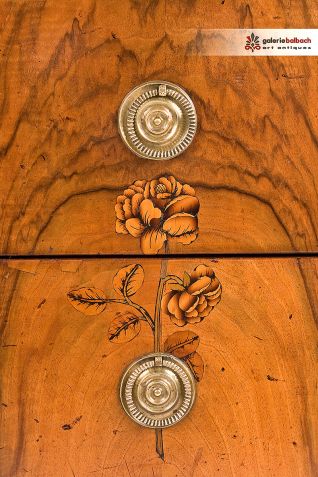
Fireshading
By the term fire shading we mean a burn in the veneer that allows the joiner to achieve a kind of depth effect. [...]Read more
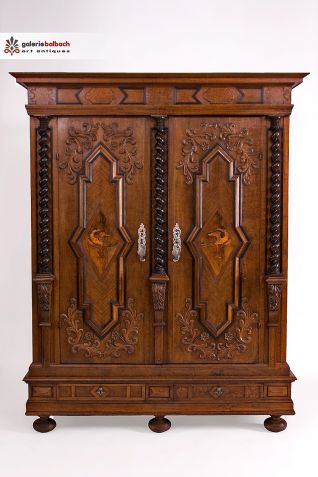
Bastionsfüllungen
Bastion fillings are the cranked filling fields that we usually find on cabinet doors or slanted flaps of antique [...]Read more
